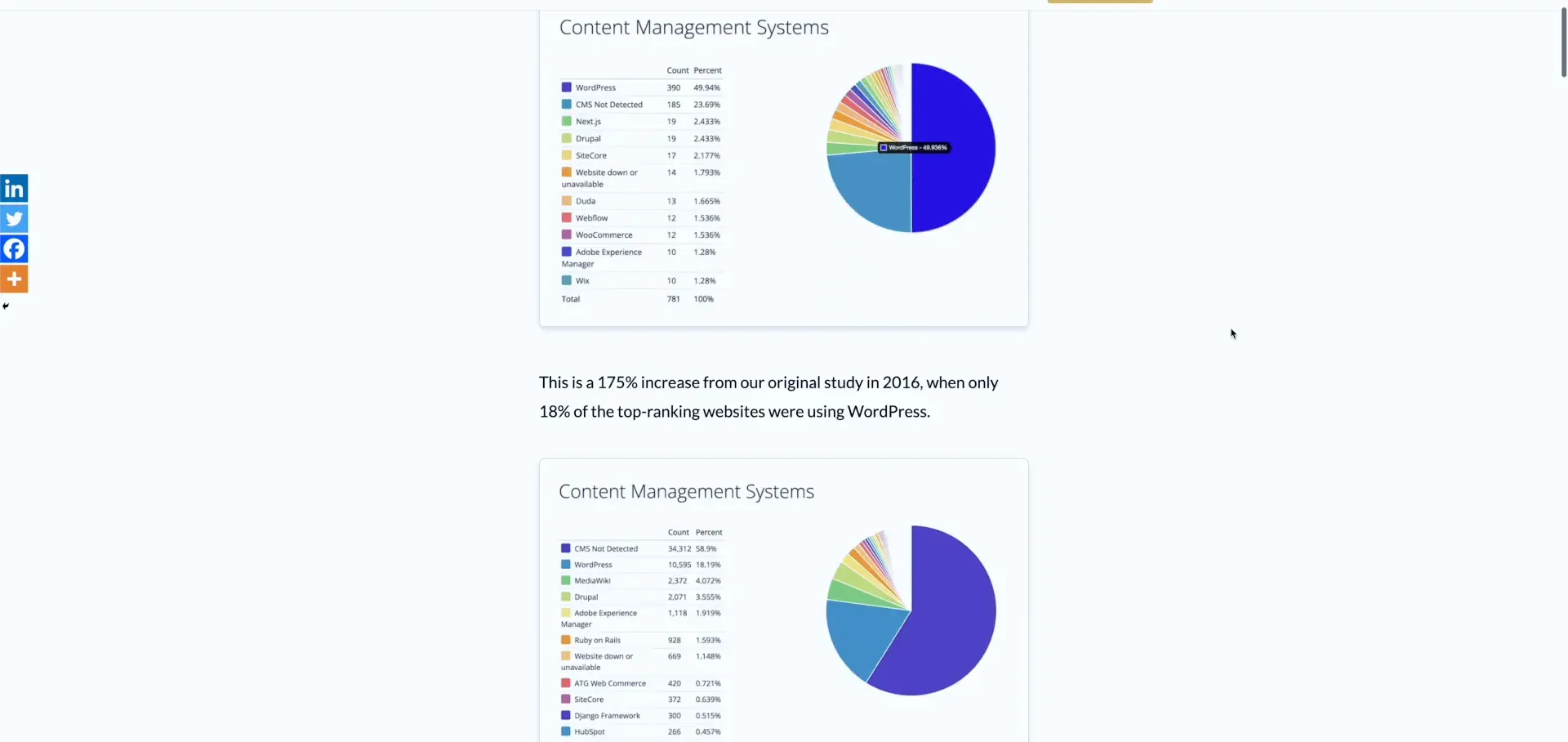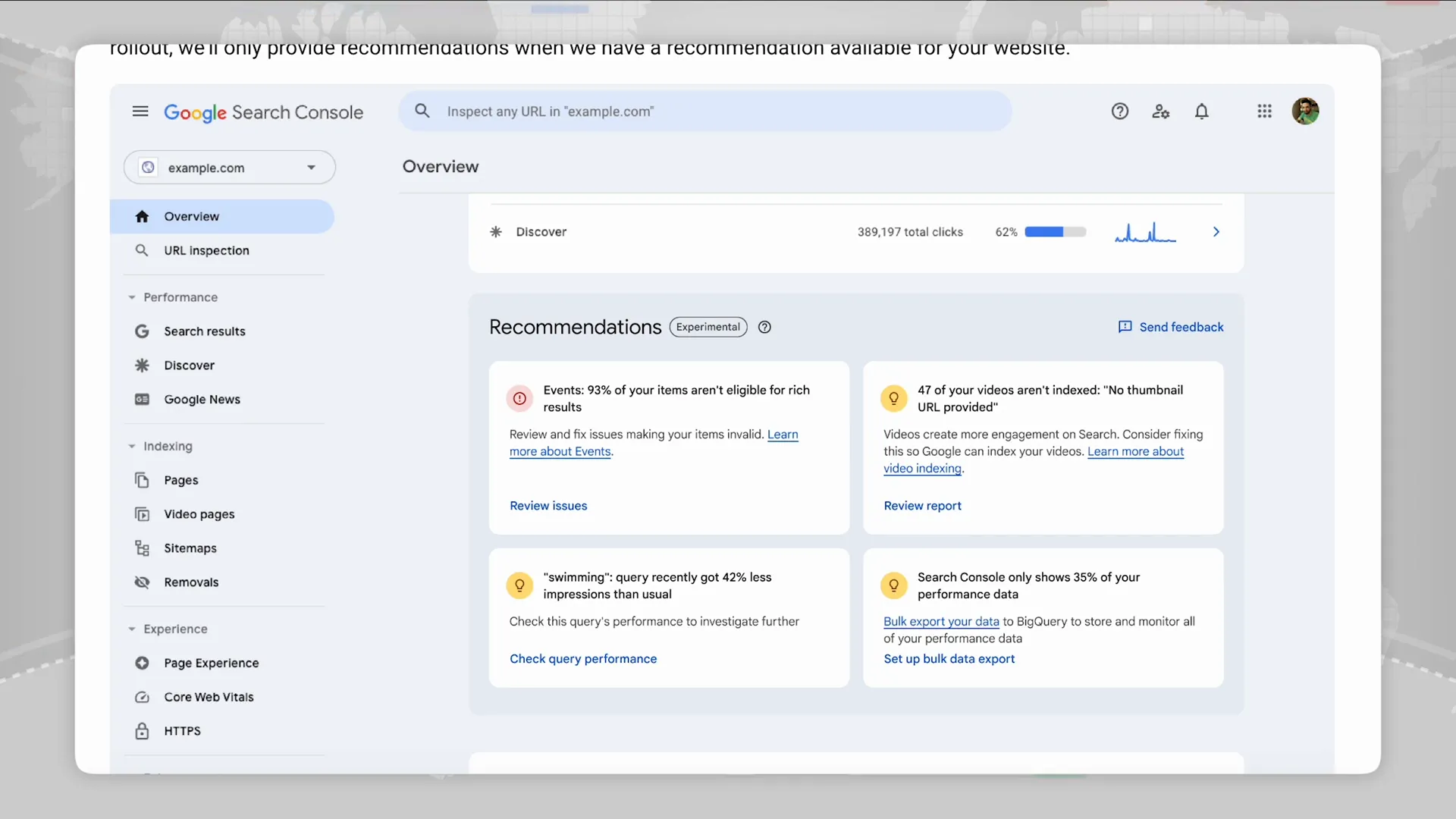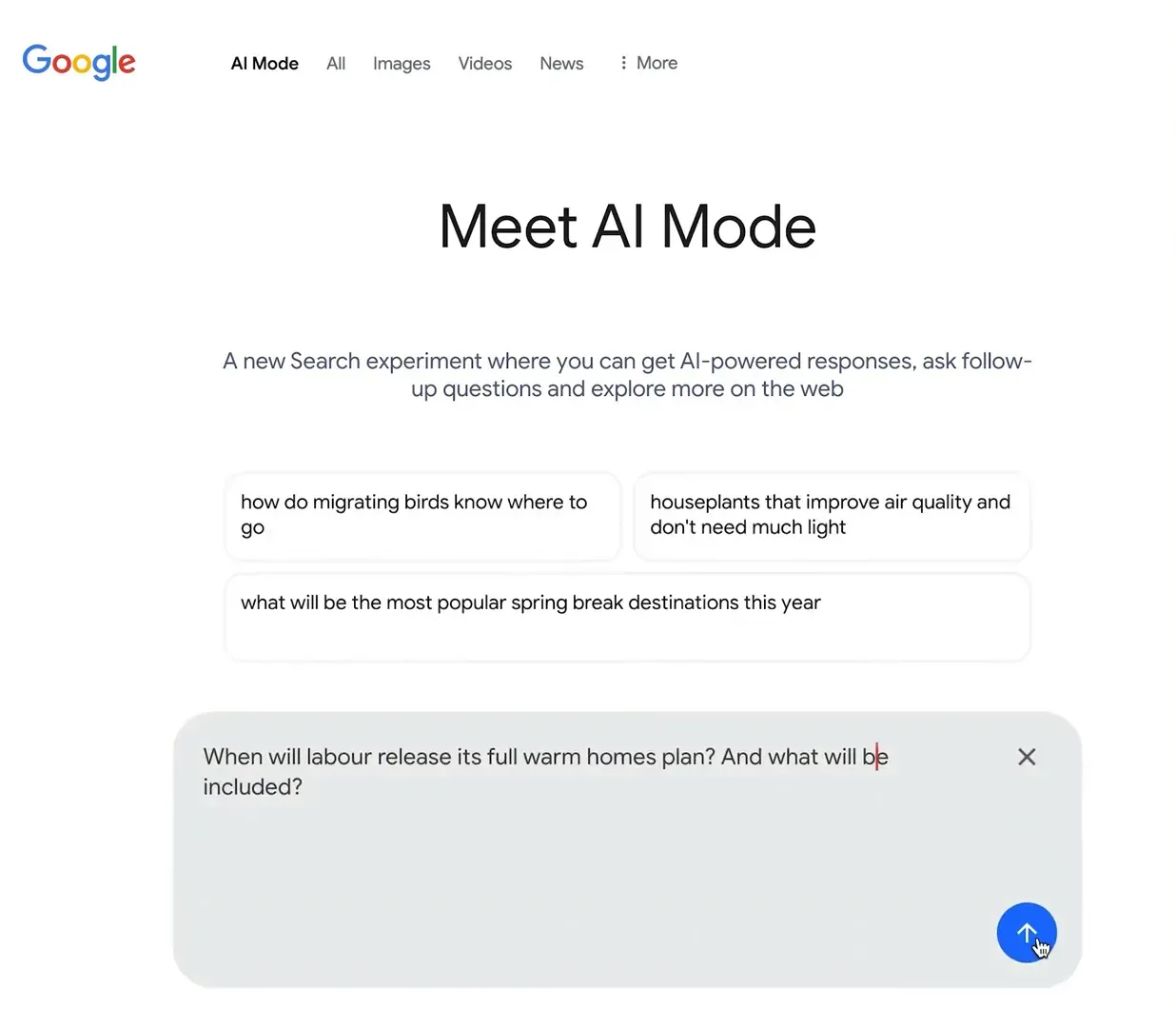TL;DR AI-driven buyer research is changing B2B marketing: secure third-party visibility via digital PR, target problems not product keywords, and make B2B sites AI- and human-friendly to win more leads in 2026.
I watched Exposure Ninja’s walkthrough of what’s working for B2B clients as AI search reshapes discovery. They outline three practical strategies: digital PR to earn third-party mentions, problem-led content rather than product keywords, and B2C-style UX for B2B websites. Below I break down what they tested, what worked, what didn’t, and what I would do differently as a Hawaii-based marketing strategist running Digital Reach.
Table of Contents
- Quick summary of what was tested and shown
- What went right
- What went wrong or was under-emphasized
- What I would have done differently
- Three tactical strategies you can use right now
- Strategic checklist — What I’d prioritize this quarter
- Final takeaways
- FAQs
- Need a hand?
Quick summary of what was tested and shown
The video demonstrates how buyers are increasingly using AI chat/search tools (Perplexity, Google’s AI Mode) that synthesize answers from third-party sites. Exposure Ninja shows real client examples: Pyramid Eco (ventilation/insulation) leveraged digital PR tied to new legislation; a takeaway packaging client saw +361% traffic and 11% conversion from PR and content; a continuous performance management SaaS grew traffic from problem-targeted content and later sold for $33M; Transparent redesigned their site with B2C principles and captured 51 qualified leads in 4 months.
What went right
- Digital PR tied to real news works: Turning Awab’s law into a news hook for Pyramid Eco earned multiple authoritative mentions and backlinks — exactly the kind of earned citations AI tools crawl and surface.
- Problem-first content unlocked scale: For niche categories (continuous performance management), targeting “how to reduce employee churn” instead of product labels drove tens of thousands of visits and positioned the product as the solution.
- B2C UX principles produced measurable leads: Clean messaging, clear CTAs, trust signals, and SEO-structured pages converted markedly better for Transparent.
- They demonstrated how AI “query fan-out” works: Google’s AI Mode runs multiple searches and compiles sources. Being present across those source pages increases the chance of recommendation.
What went wrong or was under-emphasized
- “Presence = recommendation” is oversimplified. Visibility on authoritative third-party sites boosts the odds, but AI models also weight recency, E-A-T, and structured data. The video didn’t explore how to influence those signals beyond earned links.
- Digital PR is scalable but resource-intensive. Pitching dozens of niche outlets works, but the video glosses over the time, relationships, and follow-up needed to maintain momentum.
- The website fixes were high level—speed, structured data, plain text—but there was less tactical detail on schema types, sample content templates, or how to test AI-scannability.
What I would have done differently
Here’s where I get tactical. If I were running these campaigns I would:
- Layer creator and partner content into digital PR early. “If I were running this, I would’ve layered in creator partnerships upfront” — short-form video or podcast excerpts amplify earned articles and create multimedia signals AI tools can pick up.
- Map the AI query fan-out explicitly. Identify the 8–12 queries an AI is likely to run for each buyer problem and ensure unique content assets answer each subquery with clear headings, bullets, and stats for easy extraction.
- Instrument content for machine extraction: add clear H2/H3 Q&A sections, include concise data points and schema (FAQ, Product, Review) to help AI tools extract authoritative snippets.
- Prioritize topical hubs over single pages. Build a short hub with internal linking that covers problem → solution → case study → pricing template to give both humans and agents a clean crawl path.
- Measure AI visibility. Use tools (Perplexity, Phind, Bing Chat, and specialized platforms) to track how frequently your brand appears in AI answers and which third-party sources drive that visibility.
Three tactical strategies you can use right now
1. Digital PR focused on news hooks and reports
Don’t dismiss “boring” industries. Track regulation, seasonal pain points, or lawsuit trends (Awab’s law was a perfect example) and create timely data-led comments, press releases, and industry roundups. Aim for: niche-vertical outlets, attorney or consultancy roundups, and trade directories. Use quotes, data points, and links back to product/service pages.
2. Content that solves problems, not just names products
Keyword volumes for product categories can be tiny. Instead:
- Build content around buyer problems (e.g., “how to stop employee churn” vs. “continuous performance management software”).
- Offer plug-and-play assets: templates, checklists, and comparative guides that AI tools love to reference.
- Format answers for AI extraction: short summaries, numbered steps, and labeled data.
3. Make your site AI- and human-friendly
Design like B2C — clear benefits, personality, and frictionless CTAs — while adding machine-friendly elements:
- Plain-text product and service descriptions and visible pricing or ballpark ranges.
- Schema: FAQ, Product, Review, Organization.
- Page load under 2 seconds, clean internal linking, and XML sitemap with no crawl blocks.
- Make sure reviews and critical content are actual text (not only images).
Strategic checklist — What I’d prioritize this quarter
- Audit where AI tools currently cite you (Perplexity, Bing, Google AI Mode).
- Create a 6–8 week digital PR calendar focused on 3 news hooks or industry reports.
- Build 4 problem-led content hubs mapped to AI query fan-out scenarios.
- Implement schema on top-converting pages and make pricing visible where possible.
- Run site speed and crawl path fixes to get TTFB and LCP under recommended thresholds.
- Set up measurement: track organic conversions, AI-mention frequency, and lead quality from third-party traffic.
Final takeaways
AI search doesn’t replace fundamentals — SEO, paid, and email still work — but it changes the distribution layer. Earned, third-party visibility becomes more important because AI synthesizes answers from across the web. The brands that win are those that combine newsworthy digital PR, problem-led content, and B2C-like web experiences engineered for both humans and machines.
FAQs
What exactly is AI search optimization and why does it matter for B2B?
AI search optimization means structuring content, signals, and third-party visibility so AI chat and search tools surface your brand as a recommended solution. It matters because buyers increasingly rely on those tools to create shortlists before visiting websites.
How do I get my B2B brand mentioned on third-party sites?
Start with digital PR: identify timely news hooks (regulation, product launches, data reports), pitch niche industry outlets, contribute expert commentary, publish research or roundups, and build relationships with editors and aggregators.
What does targeting problems, not keywords, look like in practice?
Instead of optimizing for your product name, create content that addresses buyer questions and pain points (e.g., “how to reduce employee churn”), then present your offering as the answer. Use templates, case studies, and practical guides to convert searchers into leads.
How should I make my website friendly to AI tools?
Use plain-text product descriptions, include pricing and reviews in readable text, implement relevant schema (FAQ, Product, Review), keep pages fast and crawlable, and structure content with clear headings and short answer sections for extraction.
How do I measure success for AI-driven visibility?
Track earned mentions on AI tools, referrals from third-party sites, changes in AI recommendation frequency, and downstream outcomes: qualified leads, conversions, and pipeline influenced by those sources.
Need a hand?
If you want a quick review of your site’s AI visibility and a practical checklist to act on, I run a free diagnostic for qualified businesses through Digital Reach. I’ll map AI query opportunities and prioritize fixes you can implement in 90 days. Reach out and I’ll share a prioritized action plan you can use immediately.






